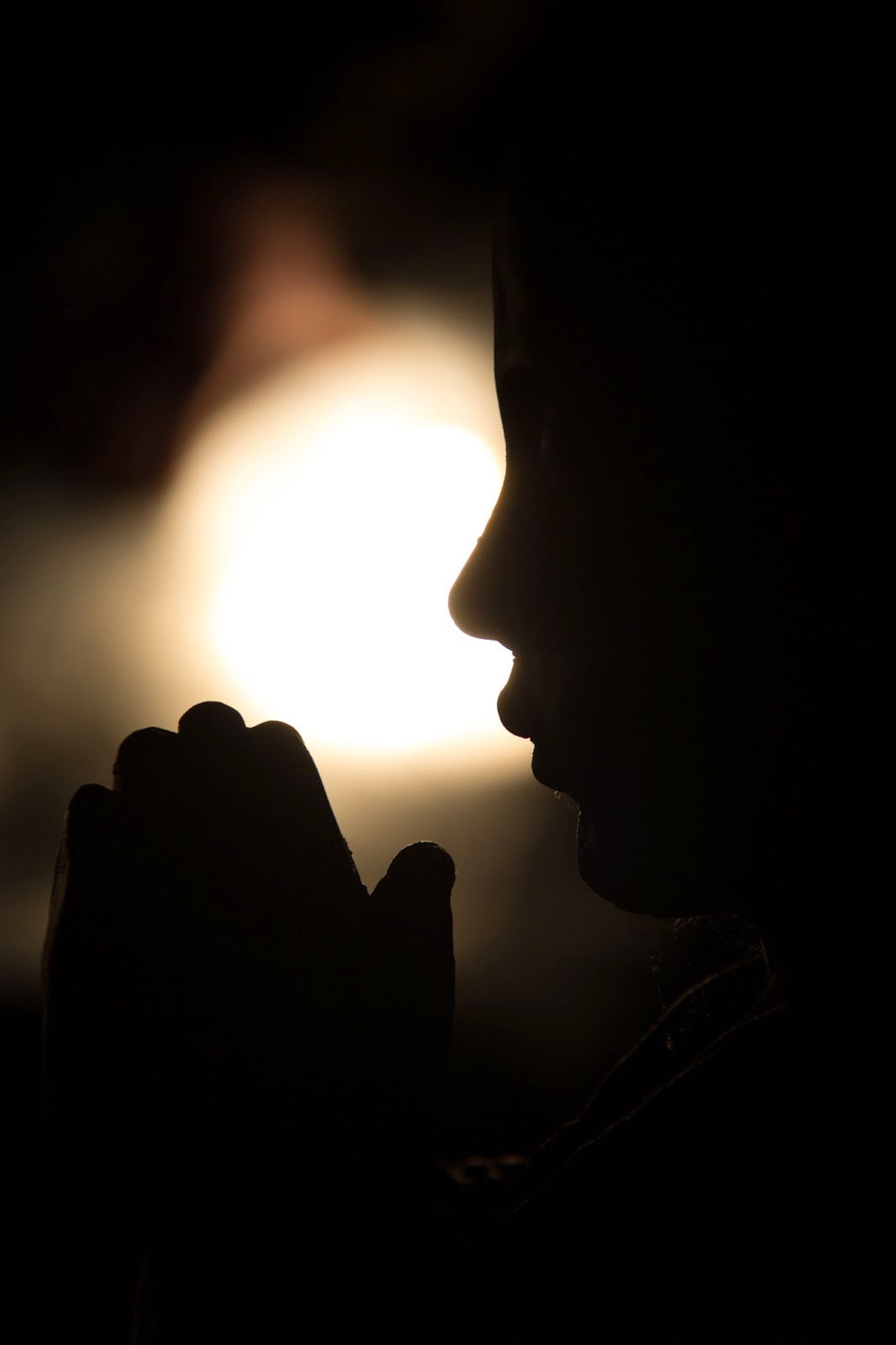So, it seems my even numbered
assignments are good, my odd numbers a bit pants... I’m starting to feel like a
Star Trek movie!
Oh, where to begin... it was a massive decision
whether or not to use this wedding for my project and I’m not sure I got it
right. It was a family wedding so I was already combining business with
pleasure but to add study to the mix was probably a step too far. My thinking
was that, as I was already putting a concerted effort into getting the best
images possible and it definitely fitting with the theme of a narrative, I couldn’t go wrong.
With the wedding done and the bride and groom happy with their album, I
set about the job of reducing hundreds of wedding photos into a set of twelve
or less for my assignment – but how, what element of the day would I use, an
overview of the whole day, a specific part of the day, a theme... and why would
my niece’s wedding be in a magazine anyway? This last question was the easiest
to answer; on browsing a few wedding magazines, I discovered that they are full of stories
and pictures of everyday couple’s weddings and for many different reasons. Some
have had a quirky style of wedding so feel they’d like to show it off, others
got married in beautiful surroundings or maybe have an interesting story
fitting around the venue or how they met.
The original concept I produced needed improvement. Looking
through the different layouts gave me several ideas on how to make my set feel
more cohesive.
The Knot magazine and Utah Valley Bride use a consistent colour
scheme throughout, reflecting colours from the images into the background and
text. In Cosmo Bride, it’s all about the editing, giving a vintage style to
reflect the theme of the wedding while images in the article, ‘Rustic Romance’
have lots of soft focus fitting to the dreamy, romantic theme. I learned from
this that I needed to keep a consistent background style as well as using images
which work together.
While my tutor feels that my submission should show
the more traditional, classic wedding photographs, I feel that this would stray
too far from what I am trying to develop as my personal voice. Granted, the
wedding album was full of group shots, confetti shots with the expected close
ups of the rings, etc but that was for the couple; this assignment, I feel
should show the shots which are true to my developing voice. With this in mind,
I have decided to focus purely on the lead up to the wedding. I feel that this
is an element which is rarely covered in magazines, yet it is a vital part of
the day, wrought with emotion and so many moments which may otherwise be
forgotten after the events of such an important day.
I
also need to address the fact that my tutor had stressed that I was maybe too
emotionally involved in the wedding I used for this assignment with it being a
family wedding. As part of my assignment, I had discussed the emotional side of
the day for me as I felt that being ‘in the moment’ enabled me to create more
moving images. While I can see his point that I maybe went a touch overboard,
the article he signposted made me feel quite disillusioned as the author
appeared to have such bitter feelings towards some of the weddings he
photographed:
“I see marriages doomed to fail even before
the confetti falls, fathers shaking their heads in disappointment, grooms with
a roving eye and bridesmaids who know too much.”
Surely,
if these are the things a photographer is noticing, how can he possibly portray
the love, hope and commitment which the customer is expecting to see in the
forthcoming images? I’m sure his photographs are attractive and technically
perfect but will they, in a small way, show the bitterness he feels? Unsurprisingly,
this photographer has chosen to remain anonymous.
This
article also bothered me as my one worry as I move towards a career in
photography is that I lose the passion I currently feel. Granted, I often
photograph things purely because they look nice but most of the time, it is
because something has made me feel a certain way and I want my images to
portray those feelings. I would hope that as my technical skills develop, my
ability to do so will increase but if, like the aforementioned photographer, I
lose that joy, that passion for showing how things have made me feel, then all
the learning is wasted as I will be left with flat, meaningless images. Any
artist, be it a painter, a musician, would advise that the only reason to take
on a career in art should be for the love of that art form. This article, to me
shows an artist who has lost that love.
To
restore my faith in the true value of wedding photography, I have included a
small selection of my favourite emotive images from Facebook Wedding
Photographers, a group I regularly visit for inspiration:

























